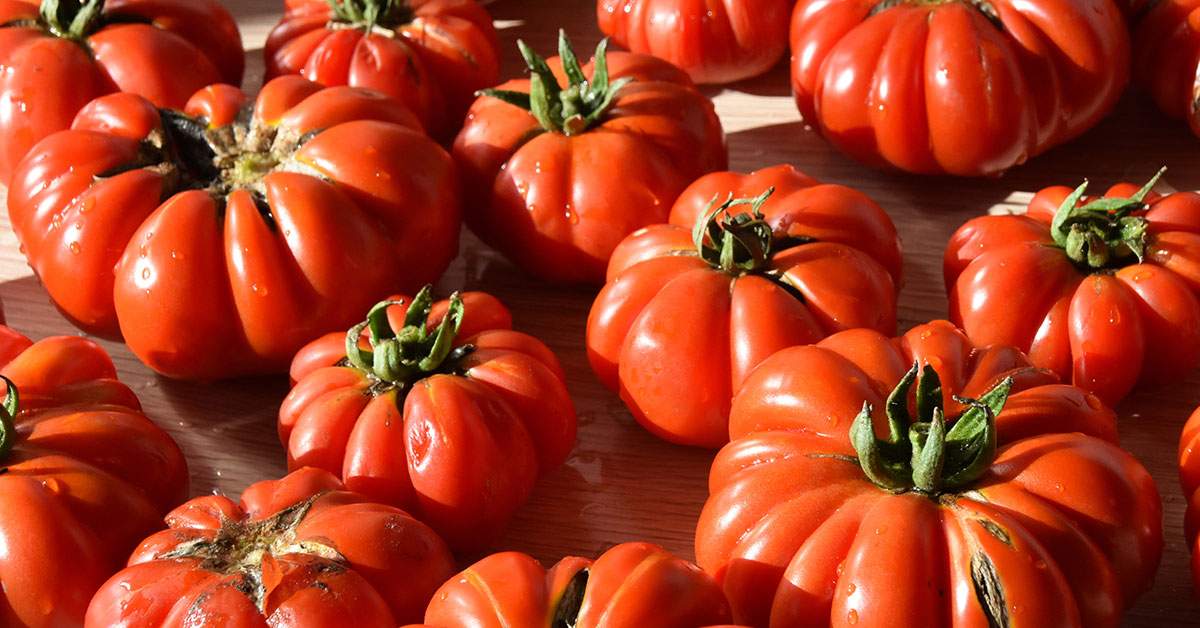Strawberries, with their luscious flavor and vibrant colors, are a cherished addition to any garden. Yet, despite their popularity, cultivating these delicate fruits can present challenges even to seasoned gardeners. From soil preparation to pest management, there’s a myriad of factors that can influence the success of a strawberry patch.
In this article, we’ll explore the common mistakes that gardeners often encounter when growing strawberries and offer insights into how to avoid them. By understanding these pitfalls and implementing best practices, you can ensure a thriving strawberry harvest in your garden year after year.
Improper Soil Preparation
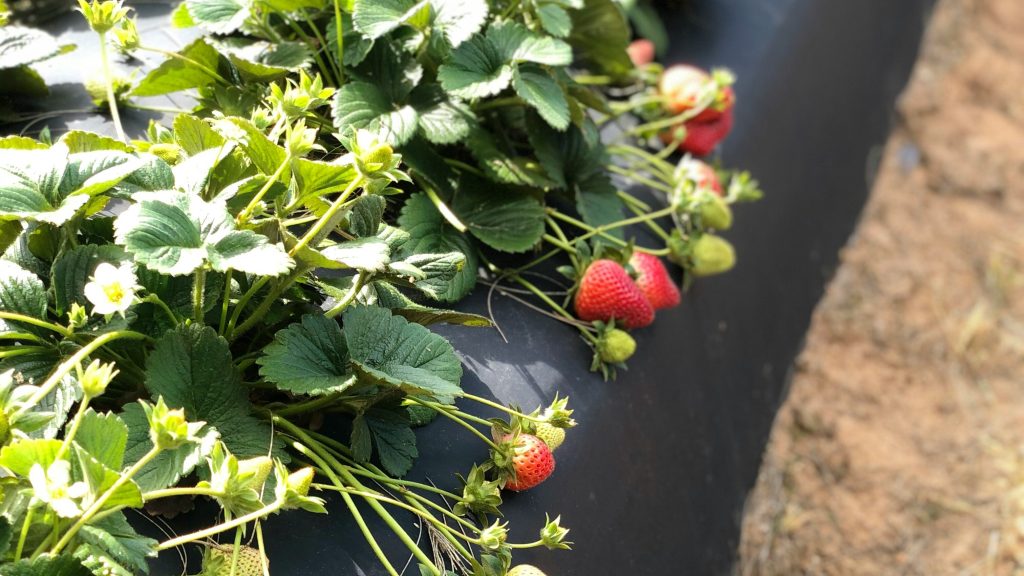
Strawberries prefer well-draining, slightly acidic soil with a pH between 5.5 and 6.5. Gardeners often neglect soil testing and fail to amend the soil properly with organic matter like compost or aged manure. Without the right soil conditions, strawberries may struggle to establish healthy roots and produce abundant fruit.
Overcrowding
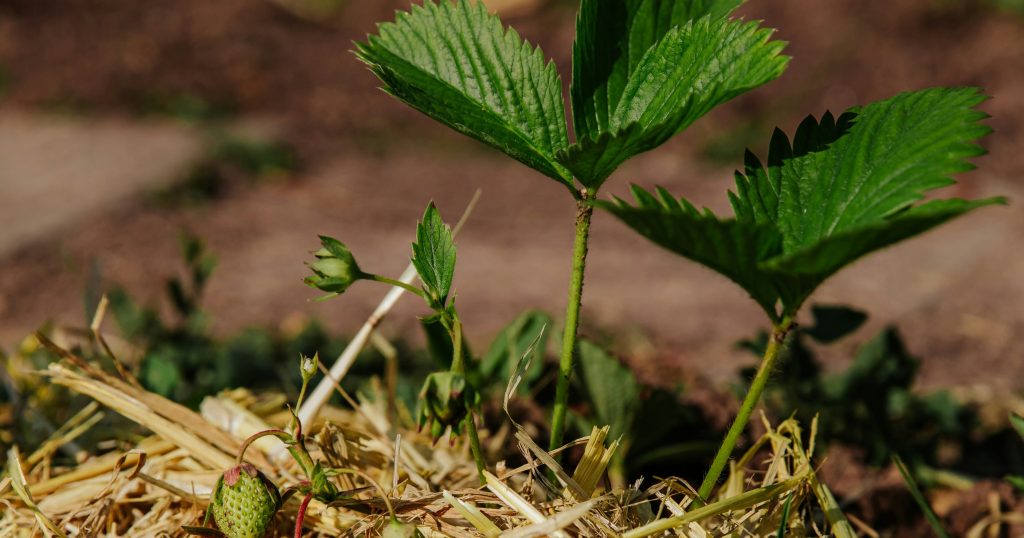
Planting strawberries too close together can lead to overcrowding, which increases competition for nutrients, water, and sunlight. This can result in smaller fruits and higher susceptibility to diseases and pests. Adequate spacing, typically about 12 to 18 inches apart, allows for proper air circulation and reduces the risk of fungal infections.
Poor Watering Practices
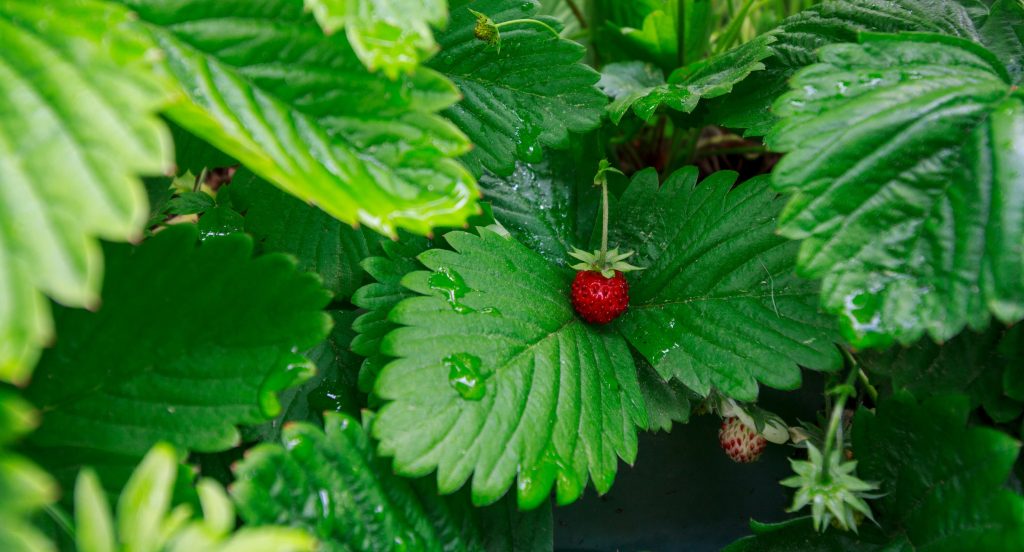
Inconsistent watering is a common mistake among gardeners. While strawberries require consistent moisture, overwatering can lead to root rot, while underwatering can cause stress and reduced fruit production. Drip irrigation or soaker hoses are ideal for delivering water directly to the roots while keeping foliage dry to prevent fungal diseases.
Inadequate Sunlight

Strawberries thrive in full sun, receiving at least 6 to 8 hours of direct sunlight per day. Planting them in shady areas or areas with insufficient sunlight can result in leggy growth and decreased fruit production. It’s essential to choose a sunny spot in the garden for planting strawberries.
Neglecting Mulching
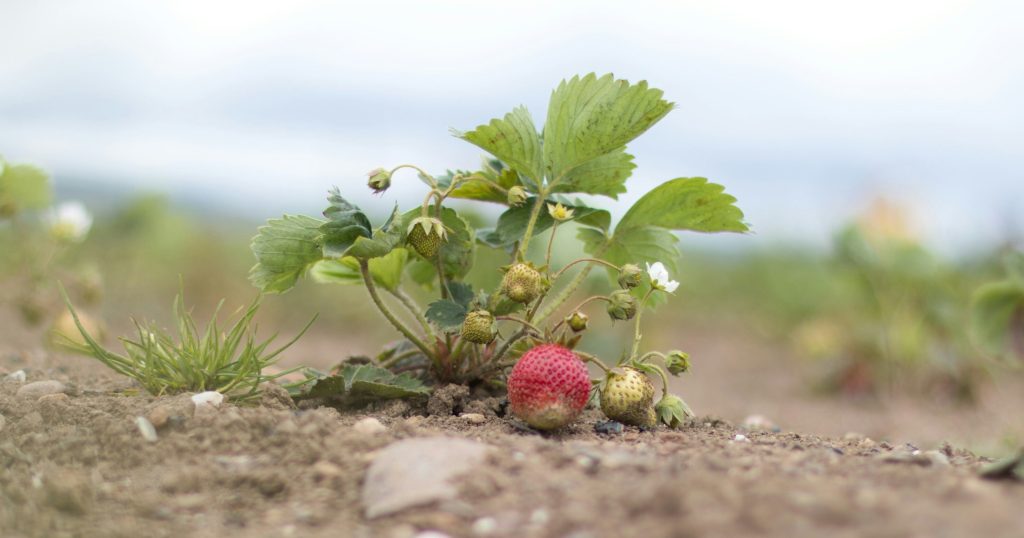
Mulching is crucial for strawberries as it helps suppress weeds, retain moisture, and regulate soil temperature. However, gardeners often neglect to mulch their strawberry beds, leaving them vulnerable to weed competition and soil moisture fluctuations. Organic mulches like straw, shredded leaves, or pine needles are excellent choices for strawberry beds.
Skipping Pest and Disease Management
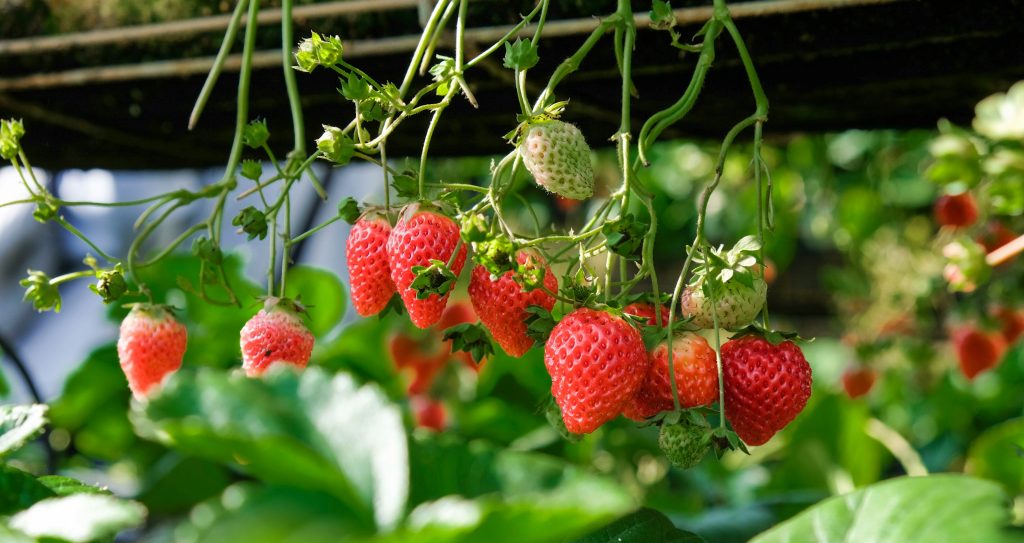
Ignoring pests and diseases can quickly decimate a strawberry crop. Common pests include slugs, snails, aphids, and spider mites, while diseases like powdery mildew, gray mold (Botrytis), and verticillium wilt can also affect strawberries. Regular inspection and early intervention with organic pest controls and fungicides can help prevent significant damage.
Forgetting to Renovate

After each growing season, it’s essential to renovate strawberry beds to maintain plant vigor and productivity. This involves removing old leaves, thinning overcrowded plants, and replenishing the soil with compost or fertilizer. This is also a great time to add a little bit more mulch to your garden bed, making sure that any raised beds are still in good shape, and adding compost or manure. Neglecting this step can lead to declining yields and the spread of diseases.
Planting the Wrong Varieties
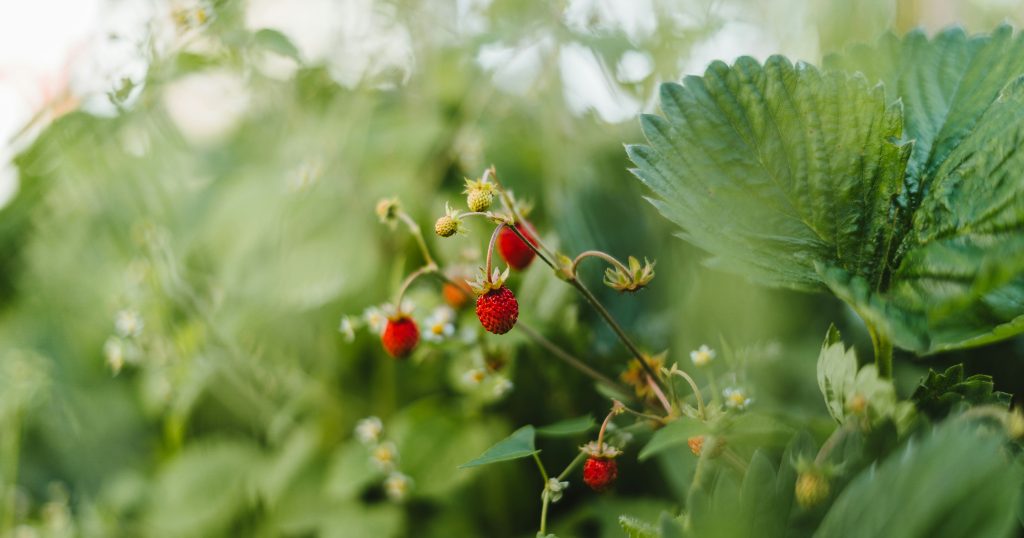
Just like not very plant will be suitable for your climate, not all strawberry varieties are suitable for every climate or garden situation. Choosing varieties that are well-suited to your region’s climate and soil conditions is essential for successful cultivation. Additionally, some varieties are better for fresh eating, while others are ideal for processing or preserving.
Harvesting Incorrectly
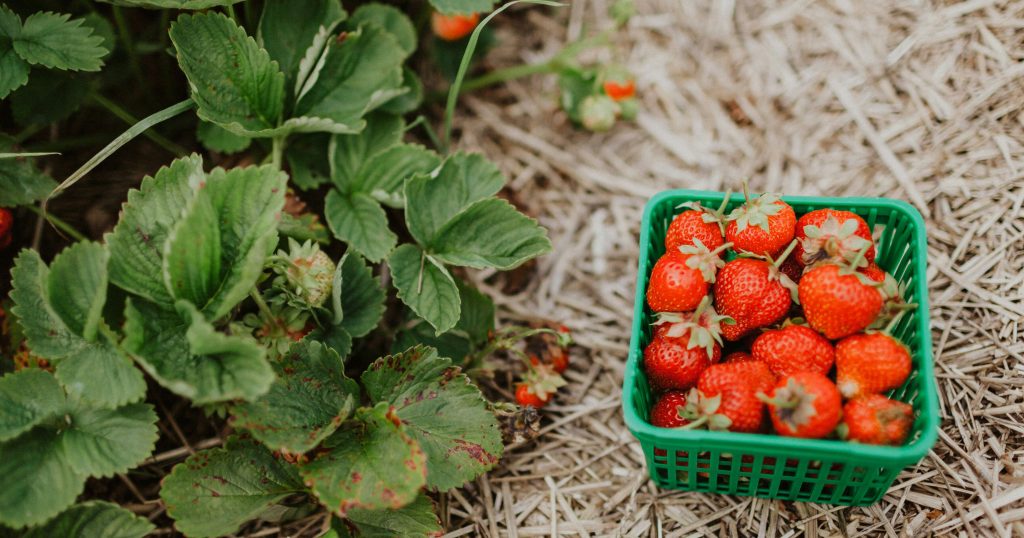
Harvesting strawberries at the wrong stage of ripeness can impact flavor and shelf life. Gardeners often make the mistake of picking strawberries too early or too late. Ideally, strawberries should be fully ripe with vibrant color and firm texture. It’s best to pick them in the morning when they’re cool and to handle them gently to avoid bruising.
By avoiding these common mistakes and following best practices for soil preparation, spacing, watering, sunlight exposure, mulching, pest and disease management, renovation, variety selection, crop rotation, and harvesting, gardeners can enjoy a bountiful harvest of delicious strawberries from their gardens.










